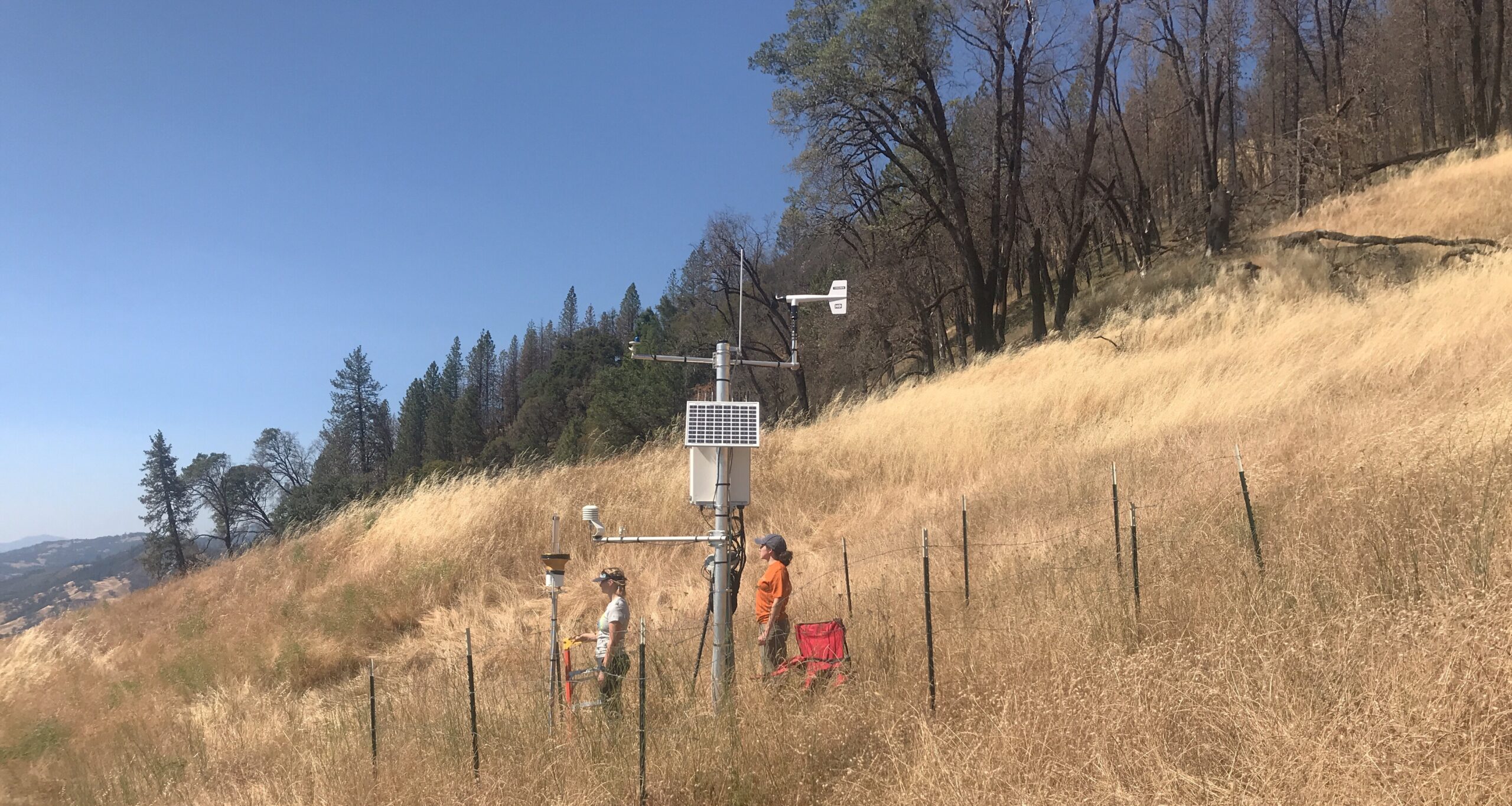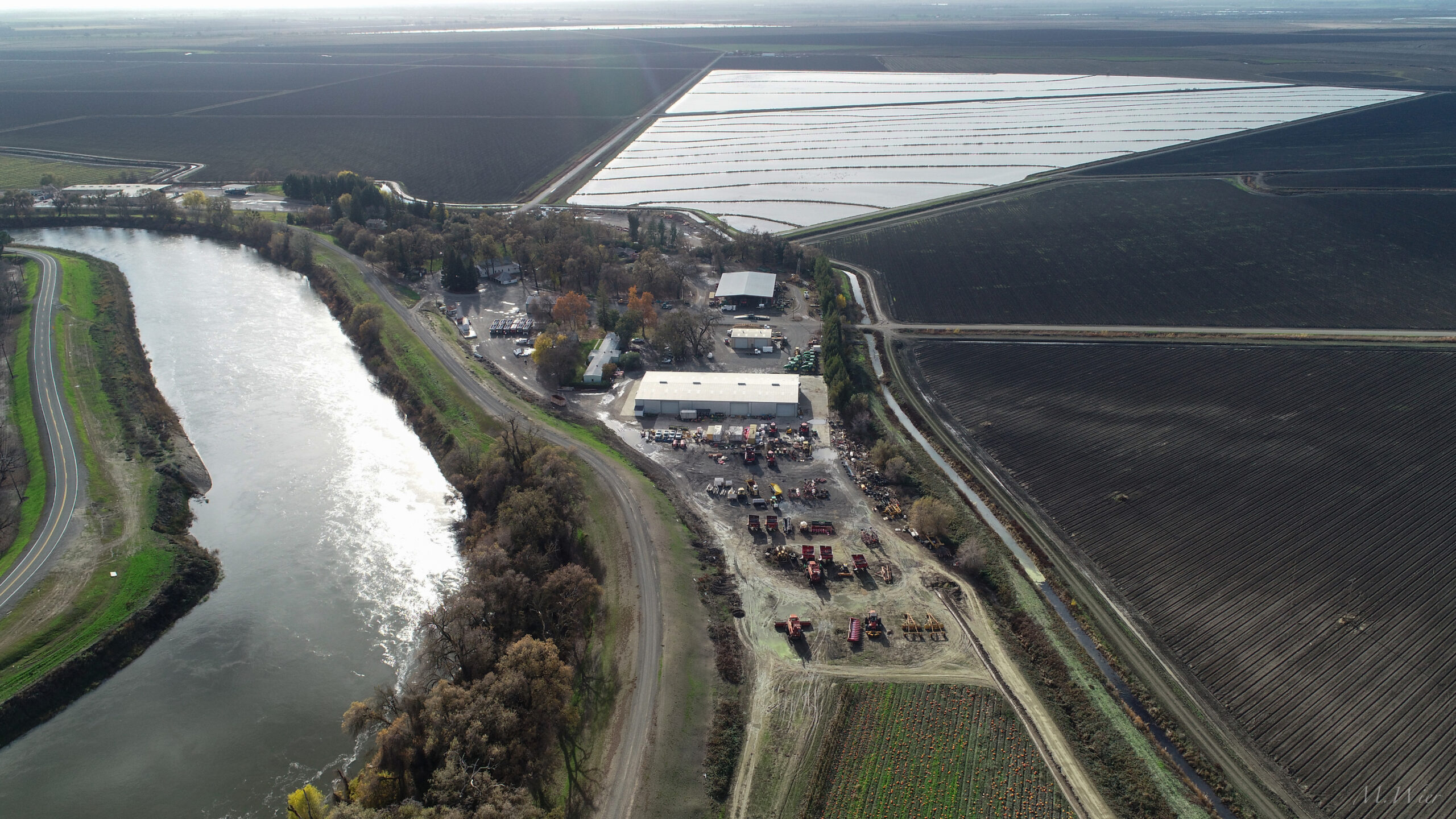Such practices also hasten the destruction of an important and dwindling habitat. Melissa Rohde of the State University of New York College of Environmental Science and Forestry (SUNY-ESF) and colleagues analyzed five years of high-resolution satellite and water resource data showing vegetation greenness along California rivers. Trees growing alongside the 30 percent of state rivers with natural flows decreased in greenness from the wet spring through the dry summer months, the scientists report in the Proceedings of the National Academy of Sciences, demonstrating they rely on groundwater to make it through the dry season. By contrast, woodlands along the 70% of streams receiving water from dams, wastewater treatment plants, and other human sources kept up the same vigorous levels of photosynthesis and water use throughout the summer.
“One would initially think, well, that’s great, the extra water is really helping the environment,” says Dr. John Stella, a professor of ecohydrology at SUNY-ESF. But while water subsidies enable established riparian trees to grow bigger faster, that benefit comes at a high cost: earlier mortality and poor regeneration. In nature, spring snow-melt floods normally cause riverbanks to erode and channels to migrate across the floodplain, exposing bare, moist sandbars ideal for nurturing the seedlings of riparian trees. Managed river channels, however, seldom migrate much, eliminating spaces for new forests to take root. Meanwhile, on regulated water supply streams such as the Sacramento River, the stable elevated flow during summer followed by severe draw-downs in early fall often leave new seedlings high and dry, with few trees successfully establishing compared to the pre-dam era.
“These riparian forests are what we call disturbance-dependent communities. When you eliminate the disturbance, in this case the spring floods, you eliminate the conditions to which they’re adapted,” Stella says.
Many trees along managed streams today date back to the big era of dam building between the 1930s and 1960s. Nearing the end of their lifespans, many of those trees are being succeeded by different, often non-riparian species. The looming loss of pioneer riparian trees such as cottonwood and willow will have serious ecological repercussions. They provide habitat for threatened and endangered species such as the yellow-billed cuckoo and Swainson’s hawk. Their foliage cools the water, and their fallen, submerged wood provides salmonid habitat. “These niches cannot be provided for by later successional species to the same degree,” Stella says.
Considering riparian forests in water management practices can go a long way toward protecting what little remains. For example, when pumping groundwater, “we need to be cognizant of where, how far, and how fast we draw” to ensure riparian trees can still access a supply of moisture, Stella says. Unfortunately, at present, “if we change water deliveries on managed streams, there’s no backup plan for these trees; their dependence on the altered flow is a vulnerability”. KW
Related Prior Estuary News Story









 The results are alarming for our state’s future: an estimated four to five feet of sea level rise and loss of one to two-thirds of Southern California beaches by 2100, a 50 percent increase in wildfires over 25,000 acres, stronger and longer heat waves, and infrastructure like airports, wastewater treatment plants, rail and roadways increasingly likely to suffer flooding.
The results are alarming for our state’s future: an estimated four to five feet of sea level rise and loss of one to two-thirds of Southern California beaches by 2100, a 50 percent increase in wildfires over 25,000 acres, stronger and longer heat waves, and infrastructure like airports, wastewater treatment plants, rail and roadways increasingly likely to suffer flooding.